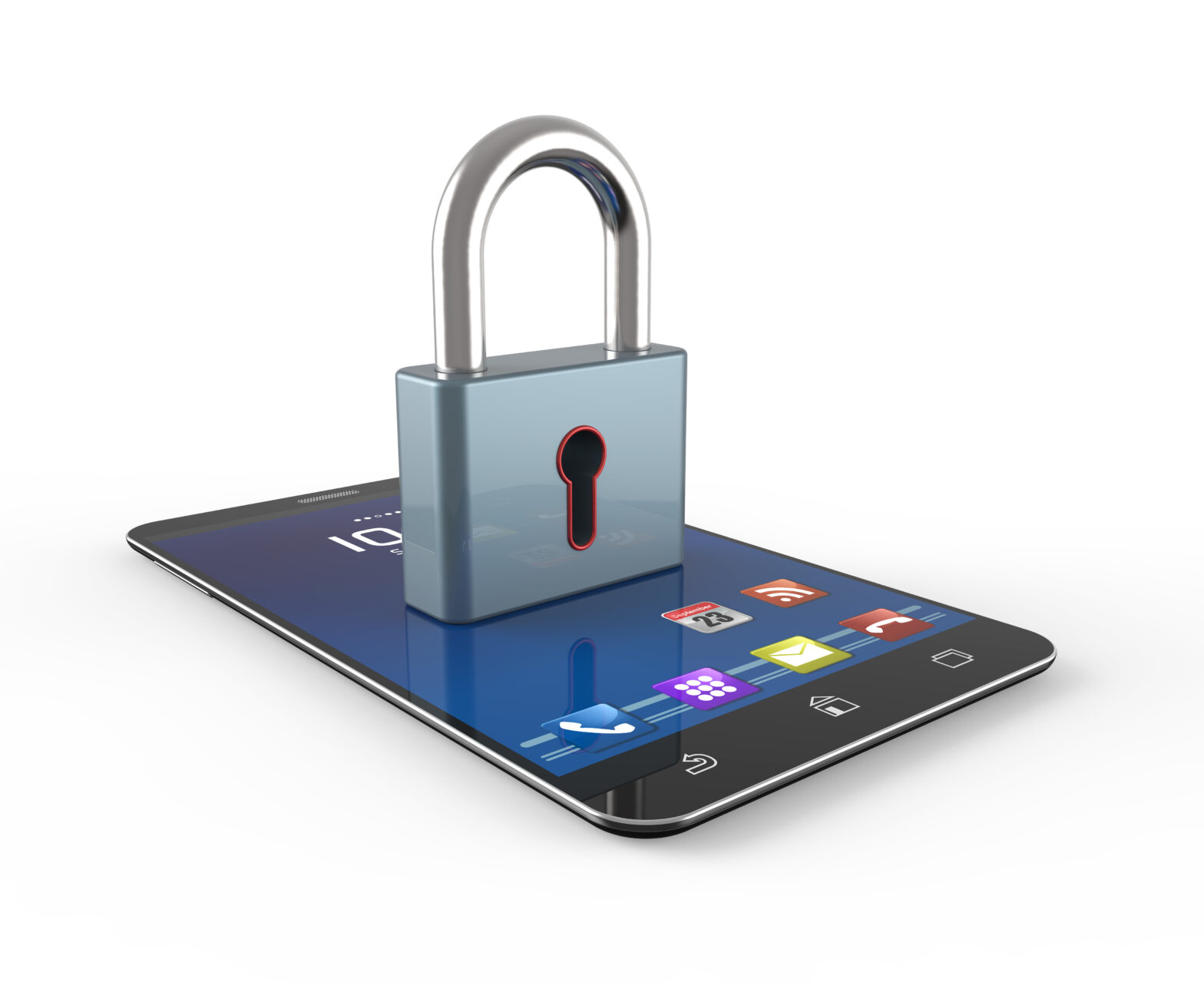When individuals first got their mobile device, they probably felt a little overwhelmed by their pocket computer. Each app opened up a whole new world of possibilities.
Over time, however, people have got accustomed to its sophistication and learnt about many of the things it could do.
Besides calling and texting, the mobile offers the ability to watch videos, play games, take pictures, record memos, do price comparisons, and use GPS to find any address in any city.
Still, one thing that may never have been thought deeply about was security issues.
>See also: The mobile threat landscape
A mobile phone, like any other computing device, is a fragile piece of technology and it needs two types of protection—physical and cyber security protection.
This article will examine how to protect a mobile device.
Cyber security Protection
While most cyber crime is targeted at computers, this doesn’t mean that mobile devices don’t need special protection, too.
Mobile devices have threats from malware, threats based on device vulnerabilities, and threats associated with data theft. These are all threats that affect the individual user.
However, if someone is using the device for company purposes, there are a host of other threats as well, like threats from unauthorised users accessing the company’s cloud and threats from unsecured networks.
Let’s take a look at some cyber threats you need to guard against.
1. Malware
Initially, Android was targeted when it came to mobile malware. However, now iOS malware has become increasingly common and even affect iOS devices that have not been jailbroken.
2. Device vulnerabilities
Again, the Android operating system was affected the most, but now the National Vulnerability Database reports that Apple iOS vulnerabilities are numbering in the hundreds.
Vulnerabilities arise for various reasons. One is because patches are not up-to- date because mobile devices are not scheduled for updates as frequently as desktop computers.
>See also: Enterprise security in the connected devices age
Vulnerabilities may also arise because a device is jailbroken. Jailbreaking a device is the term for an iPhone that was modified without approval from Apple so that the user could install apps not available at the App store. The best protection is to use an anti-virus program and be cautious about downloads.
3. Data leaks
It’s possible to copy-and- paste vulnerable information from a mobile device, take screenshots of it, or use malware to access sensitive information stored in a secured section of the phone.
Physical protection
A mobile phone can get physically damaged in any number of ways — a person could drop it, get it wet, scratch it, or expose it to extremes of heat or cold.
If an individual is serious about keeping their mobile device up and running for as long as possible then the first thing someone should do when purchasing one is to get a reliable case for it.
The case you get depends on the manufacture and the model, as each case is configured to fit snugly around the particular device.
If a person bought an iPhone, then they should also shop for the best iPhone cases for that make and model.
So, if buying an iPhone 6, make sure that the case is not for another model, say an iPhone 5 or iPhone 7.
>See also: 3 in 5 Brits at risk from cyber attack through poor mobile security
Another physical threat to mobile devices is misplacing it or having it stolen. Fortunately, mobile’s possess geolocation apps and remote screen lock functions as ways to guard against these types of threats.
Keeping your mobile device safe
Although there are many threats to your mobile device, physical and cyber security, there are many ways of protecting your device, ranging from getting the right case to installing antivirus software.
However, user behaviour also plays a large part in keeping the device safe. Besides its use as a personal device, mobile devices are so practical that they now play a dominant role in most organisations.
While this, of course, has made it easier to do business, a whole new variety of security threats come with it. These threats targeted at mobile devices used by company employees can even compromise the company itself.
For this reason, proper security measures by IT have to be put in place to protect mobile devices used in the workplace.










